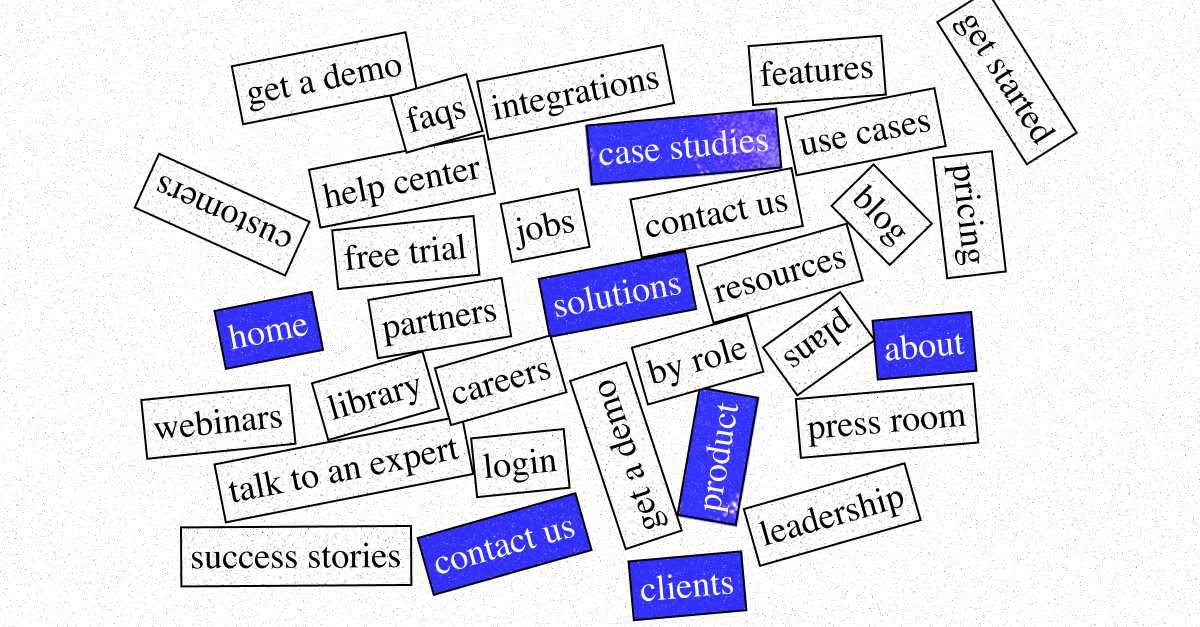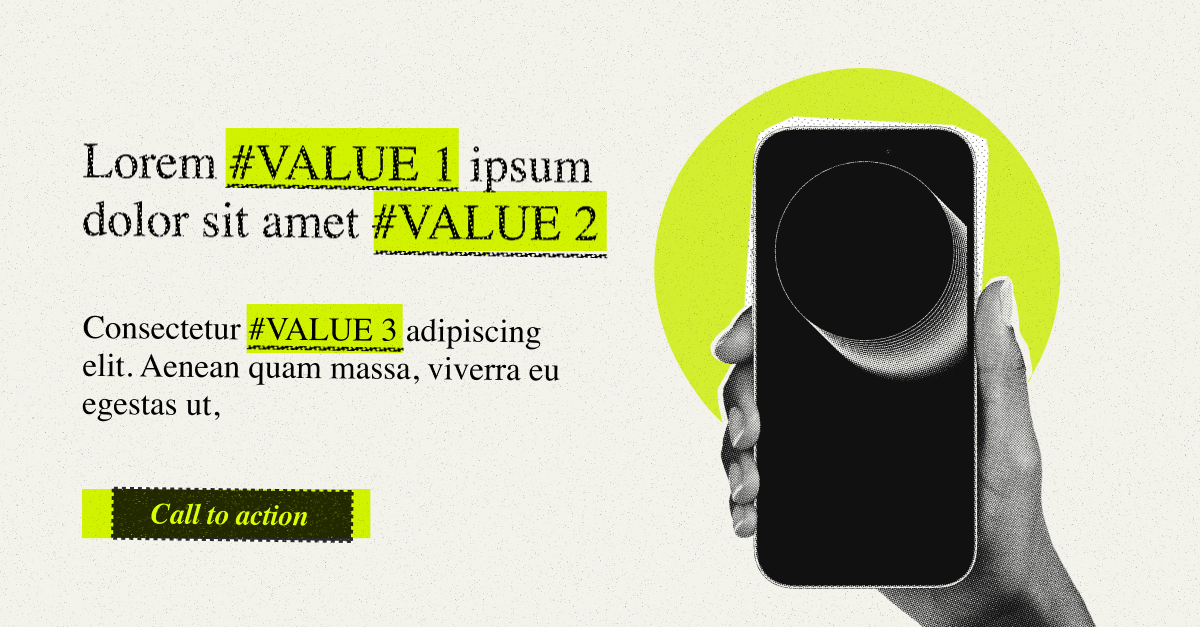When faced with a potential customer, one of the key questions we often encounter is: “What sitemap have you considered for your website?”
While it may seem reasonable for many SaaS companies to draw inspiration and ideas from their competitors or industry leaders, this approach can result in a poorly optimized website for our target audience if we fail to understand the underlying reasons and purpose of each section on the sitemap.
So, how do we approach designing the navigation structure of a SaaS website?
The answer is relatively simple: let’s consider our website as a physical store, irrespective of whether it functions as an e-commerce platform or not. It is essentially a store that offers one or multiple products.
Similar to any store, potential buyers, whether familiar or unfamiliar with our product, will have a set of questions that we need to address, and the structure of our website should provide answers to those queries.
For instance:
- What products or services are offered here?
- Is this designed for people and/or cases like mine?
- Can this product accomplish X?
- Has anyone purchased this before?
As some may have already deduced, these questions correspond to different sections of the website, specifically pages or groups of pages that should offer answers to the uncertainties our users may have regarding our product.
These sections can be categorized as follows:
- Home Page: What products or services are offered here?
- Use Cases / Role Pages / Solutions: Is this designed for people and/or cases like mine?
- Product / Features: Can this product accomplish X?
- Clients / Case Studies: Has anyone purchased this before? What do they think? Are there any endorsements from influencers or reference brands?
- About Us / Company: Who are you, and why should I trust you? Do you comply with regulation X? Are you a BCorp-certified company?
- Pricing / Plans: How much does it cost? Is the price fixed or based on usage?
- Request a Demo / Free Trial / Contact Sales: Can I see the product before buying it?
However, it’s important to note that these are not the only questions a customer may have. In fact, this is where the complexity of structuring a website lies: identifying all the key questions that our users may have about our product.
So, how do we uncover all these uncertainties?
One effective approach is to consult your sales team. What are the questions that prospects frequently ask during cold calls? What are the predominant pain points your prospects encounter, and what core values do they prioritize when considering your product?
While much of the information gathered during sales meetings may fit into the aforementioned sections, you may also discover additional needs such as an integrations page, FAQs, corporate social responsibility, and more.
Furthermore, as the website plays a vital role for the marketing team, there is an urgent need to attract traffic, establish a market position, and build a community. Therefore, the marketing team may require the following:
- Blog: Raising awareness
- Resource Library (E-books & Webinars): Generating interest
Moreover, a well-structured website can also facilitate the work of other departments within the company, including Human Resources, Partnerships, Customer Success, and Public Relations.
For instance, a dedicated Jobs / Careers page can showcase the company’s culture and values to attract potential candidates, while a “Become a Partner” page can provide information on partnership opportunities and associated benefits. A Help Center section can offer resources and guides for customers to resolve issues or find answers, and a Press Room can showcase the company’s latest news and media coverage.
Above all, it is crucial to remember that users prefer to consume the minimum amount of information necessary to understand if our product can solve their problems. Thus, it is essential to create a website with concise and impactful content that addresses our customers’ primary pain points, along with a navigation structure that enables users to access the required information quickly and easily. This is the key to increasing conversion rates and encouraging users to take action, whether it is to request a demo, start a free trial, or contact the sales team.
In conclusion, a well-planned and structured SaaS website should include some or all of the following key sections:

By incorporating feedback from the sales and marketing teams, and considering the needs of different departments within the company, a SaaS website can evolve into a powerful tool for attracting, engaging, and converting potential customers. Additionally, it serves as a central hub for existing customers to find the information they need to succeed with your product.
Need help with your website?
If you require proficient assistance in designing an effective navigation structure for your SaaS, INSIDEERS is ready to be your design partner.


